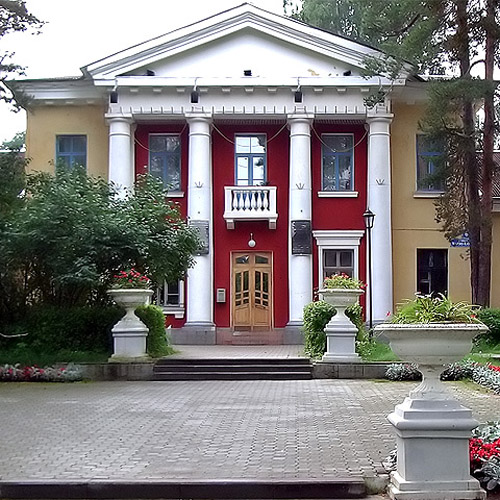Dubniu
105
Db
Grupă
5
Perioadă
7
Bloc
d
Protoni
Electroni
Neutroni
105
105
157
Proprietăți Generale
Număr atomic
105
Masă atomică
[268]
Numar de masa
262
Categorie
Metale de tranziție
Culoare
n/a
Radioactive
Da
Numit după oraşul rusesc Dubna
Structură cristalină
n/a
Istoric
Dubniul a fost raportat ca fiind descoperit pentru prima dată în 1968 la Institutul Unificat de Cercetări Nucleare din Dubna.
Cercetătorii de acolo au bombardat o țintă de americiu-243 cu ioni de neon-22.
În același an, o echipă condusă de Albert Ghiorso care lucra la Universitatea California, Berkeley a sintetizat conclusiv elementul prin bombardarea unei ținte de californiu-249 cu ioni de azot-15.
Cercetătorii de acolo au bombardat o țintă de americiu-243 cu ioni de neon-22.
În același an, o echipă condusă de Albert Ghiorso care lucra la Universitatea California, Berkeley a sintetizat conclusiv elementul prin bombardarea unei ținte de californiu-249 cu ioni de azot-15.
Electroni pe nivelul de energie
2, 8, 18, 32, 32, 11, 2
Configurație electronică
[Rn] 5f14 6d3 7s2
Echipa Berkeley a propus numele hahnium pentru acest element
Proprietăți Fizice
Fază
Solid
Densitate
39 g/cm3
Punct de topire
-
Punct de fierbere
-
Energie de fuziune
n/a kJ/mol
Energie de evaporare
n/a kJ/mol
Căldură specifică
- J/g·K
Abundența în scoarța Pământului
n/a
Abundența în Univers
n/a

Credite imagine: Wikimedia Commons (Hrustov)
Elementul este numit după orașul rus Dubna, locația Institutului Comun pentru Cercetări Nucleare
Numarul CAS
53850-35-4
Număr CID PubChem
n/a
Proprietăți Atomice
Rază atomică
-
Rază de covalență
149 pm
Electronegativitate
-
Potențial de ionizare
-
Volum molar
-
Conductivitate termică
0,58 W/cm·K
Număr de oxidare
5
Aplicații
Dubniul este utilizat doar în scopuri de cercetare științifică.
Dubniul este dăunător din cauza radioactivității sale
Izotopi
Izotopi stabili
-Izotopi instabili
255Db, 256Db, 257Db, 258Db, 259Db, 260Db, 261Db, 262Db, 263Db, 264Db, 265Db, 266Db, 267Db, 268Db, 269Db, 270Db